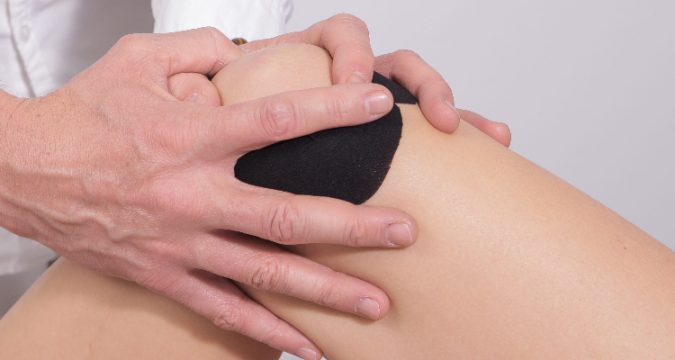
To understand what bursitis is, it is useful to know where exactly the bursa is in your body.
The bursa is located between a tendon and the bone in a joint. A joint is a connection between two bones that allows you to move. The bursa is actually a kind of cushion with moisture, which ensures that during the movement of the joint, there is no friction between the tendon and the bones that meet there. A bursitis, therefore, occurs when such a bursa is inflamed. This can happen after a fall, but inflammation is usually caused by long-term and / or frequent irritation of the bursa.
What are symptoms of bursitis in your shoulder?
Bursitis generally develops gradually. The complaints slowly get worse as a result. For example, if you have fallen on your arm, it may be that the complaints arise spontaneously.
The following shoulder complaints can indicate that you have bursitis:
 You have shoulder pain: this can be at the top, front, back, and outside of your shoulder. The pain can radiate from your upper arm to the elbow.
You have shoulder pain: this can be at the top, front, back, and outside of your shoulder. The pain can radiate from your upper arm to the elbow.- Your shoulder feels stiff.
- You can move your shoulder less well.
- Your skin at the site of the inflamed bursa is red and feels warm.
- There is a swelling at the site of the inflamed bursa.
To find out if you actually have bursitis, your doctor can take a sample of the fluid from the bursa or take an X-ray / MRI scan.
What exercises can help against bursitis?
If you have bursitis, it is best to see a doctor or physiotherapist. He or she can recommend a specific treatment for you. There are a number of exercises that can help keep your shoulder moving.
Exercise 1
Lean your uninjured arm on a table or bench. Let your injured arm hang down gently (take a bottle of water in this hand if necessary). Then rotate clockwise and counterclockwise with your arm. Keep your shoulder low and relaxed. Then swing the water bottle very lightly from front to back. Make sure you don’t feel any pain in your shoulder.
Exercise 2
For this exercise, face your face to a wall or door. You put your hands shoulder-width against the wall. Then you gently crawl up with both your hands. Hold this for several seconds before going down again.
Exercise 3
You can do this exercise several times during the day while sitting or standing. Let your arms hang at your sides – so don’t lift them! Then make circles with your shoulders back. This can be done simultaneously or alternately (if one shoulder is at the top, the other shoulder is at the bottom). Then do the same, but turn them forward. This exercise affects the mobility of your entire shoulder girdle as well as your back and neck vertebrae and your back and neck muscles.
Are you unsure where the pain in your shoulder comes from? Read more about back pain, muscle pain, and soured muscles to find out if this is a cause and what you can do best.
Do you have a question, or would you like personal advice? Then visit the nearest store. Whatever your question, we are there for you.
